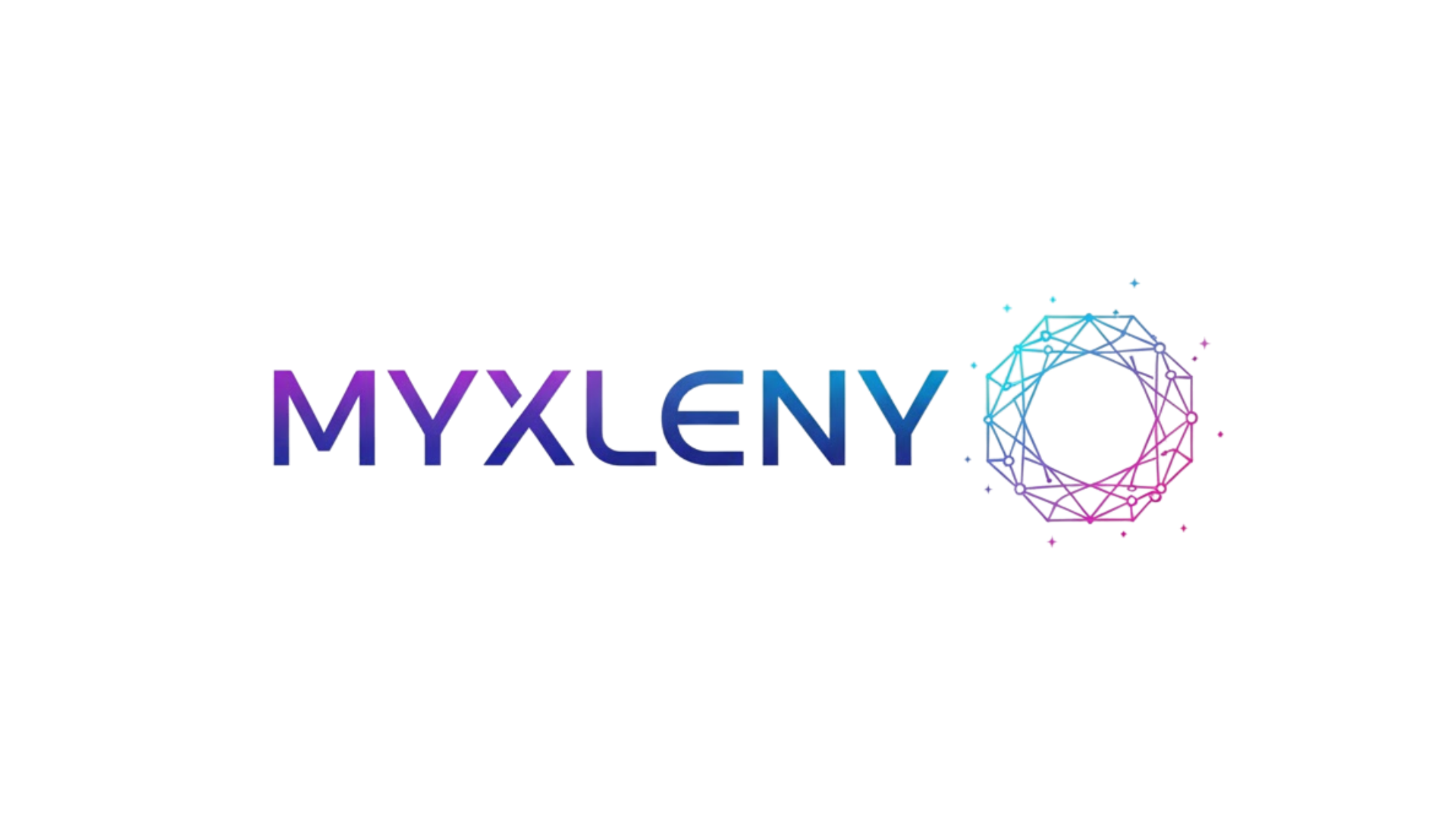Cross-generational teams are revolutionizing workplaces worldwide, blending experience with fresh perspectives to create unprecedented opportunities for innovation, growth, and competitive advantage in today’s dynamic business environment.
🌟 The Untapped Goldmine of Multigenerational Collaboration
Today’s workforce spans five distinct generations, from Traditionalists to Gen Z, each bringing unique strengths, perspectives, and capabilities to the table. This unprecedented diversity represents more than just a demographic shift—it’s a strategic asset that forward-thinking organizations are leveraging to drive innovation and achieve remarkable results.
The traditional model of age-segregated teams is rapidly becoming obsolete. Companies that embrace cross-generational collaboration are discovering that the synthesis of different generational perspectives creates a powerful catalyst for breakthrough thinking and problem-solving that no single age group could achieve alone.
Research from Harvard Business Review indicates that teams with high age diversity are 17% more likely to be innovative and generate creative solutions compared to homogeneous groups. This statistic alone should make every business leader reconsider their approach to team composition and talent management.
Understanding the Generational Landscape 📊
Before harnessing the power of cross-generational teams, it’s essential to understand what each generation brings to the workplace ecosystem. This knowledge forms the foundation for creating truly synergistic team dynamics.
The Five Generations in Today’s Workplace
Traditionalists (born 1928-1945) offer decades of experience, strong work ethic, and institutional memory. Though fewer in number today, their wisdom and historical perspective remain invaluable for strategic decision-making and mentorship.
Baby Boomers (born 1946-1964) bring established networks, leadership experience, and a results-oriented mindset. They excel at relationship-building and understand organizational politics, making them excellent bridges between management and younger team members.
Generation X (born 1965-1980) combines technological adaptability with professional maturity. Known for independence and pragmatism, they often serve as effective mediators between older and younger generations while driving practical innovation.
Millennials (born 1981-1996) are digital natives who prioritize purpose-driven work, collaboration, and continuous learning. They bring fresh perspectives on work-life integration and excel at leveraging technology for productivity and communication.
Generation Z (born 1997-2012) represents the newest workforce entrants, bringing unparalleled digital fluency, entrepreneurial thinking, and commitment to social responsibility. Their comfort with rapid change and emerging technologies positions them as valuable innovation drivers.
💡 The Innovation Multiplier Effect
When diverse age groups collaborate effectively, something remarkable happens: an innovation multiplier effect emerges. This phenomenon occurs when different generational perspectives intersect, creating novel solutions that wouldn’t exist in age-homogeneous environments.
Younger team members often challenge established assumptions and propose unconventional approaches, while experienced colleagues provide context about what has been tried before and why certain strategies succeeded or failed. This dynamic tension, when managed constructively, generates breakthrough ideas.
Consider the example of a financial services company that paired recent graduates with senior analysts. The younger employees introduced automation tools and data visualization techniques they’d learned in university, while veterans provided critical insights about regulatory requirements and risk assessment. The result was a completely reimagined reporting system that reduced processing time by 60% while improving accuracy.
Breaking Down the Silos of Age-Based Thinking
One of the greatest barriers to innovation is compartmentalized thinking—the tendency to operate within established frameworks without questioning underlying assumptions. Cross-generational teams naturally disrupt these silos because each generation approaches problems with different mental models.
Baby Boomers might approach a customer service challenge by thinking about phone support and face-to-face interactions, while Gen Z team members immediately consider chatbots, social media engagement, and mobile-first solutions. When these perspectives merge, organizations develop comprehensive strategies that serve diverse customer segments effectively.
🚀 Building High-Performance Cross-Generational Teams
Creating successful multigenerational teams requires intentional design and thoughtful leadership. It’s not enough to simply mix ages together and hope for synergy—organizations must actively cultivate environments where generational diversity becomes a competitive advantage.
Strategic Team Composition
Begin by auditing your current team structures to identify opportunities for greater age diversity. Look for projects where combining different generational strengths would yield superior outcomes. Product development, customer experience design, and strategic planning initiatives particularly benefit from multigenerational input.
When forming teams, avoid tokenism—don’t include just one representative from each generation. Aim for meaningful representation that allows each age group to contribute substantively and feel their perspective is valued.
Creating Psychological Safety Across Generations
Psychological safety—the belief that one can speak up without fear of negative consequences—is essential for any high-performing team, but it requires special attention in cross-generational contexts where power dynamics and communication styles may differ significantly.
Establish ground rules that explicitly value diverse perspectives and experiences. Encourage team members to share not just their ideas but also the reasoning behind them, which helps others understand different generational frameworks and reduces misunderstandings.
Leaders must model openness to feedback and willingness to learn across age boundaries. When a senior executive genuinely seeks input from junior team members or admits they need help understanding a new technology, it sends powerful signals about the team’s values.
🔄 Reverse Mentoring: Flipping the Script on Knowledge Transfer
Traditional mentoring flows from experienced to junior employees, but cross-generational teams unlock value through reverse mentoring, where younger workers share their expertise with older colleagues. This bidirectional knowledge exchange accelerates learning and builds mutual respect.
A global consulting firm implemented a reverse mentoring program pairing junior consultants with partners to share insights on social media strategy, emerging technologies, and changing client expectations. Partners reported that these sessions fundamentally shifted their understanding of digital transformation, while junior consultants gained confidence and visibility within the organization.
Reverse mentoring works particularly well for topics like digital tools, social media trends, sustainability practices, and evolving consumer behaviors—areas where younger generations often have deeper expertise or more current knowledge.
Implementing Effective Mentoring Programs
Structure matters for successful cross-generational mentoring. Set clear objectives, establish regular meeting schedules, and provide frameworks for productive conversations. Both parties should enter the relationship with defined goals and openness to learning.
Consider using collaborative tools that facilitate ongoing knowledge sharing beyond formal meetings. Platforms like Slack, Microsoft Teams, or project management software create spaces for continuous exchange and make mentoring relationships more dynamic and integrated into daily work.
⚡ Overcoming Common Challenges in Multigenerational Teams
While cross-generational teams offer tremendous benefits, they also present unique challenges. Acknowledging these obstacles and developing strategies to address them is crucial for unlocking the full potential of age diversity.
Communication Style Differences
Generational communication preferences vary significantly. Baby Boomers may prefer phone calls or face-to-face meetings, Gen X often favors email, Millennials gravitate toward instant messaging, and Gen Z expects seamless integration across multiple channels including video.
Rather than forcing everyone into one communication mode, establish team norms that respect diverse preferences while ensuring everyone stays informed. For critical decisions, use multiple channels. For quick updates, leverage tools that different generations can access in their preferred ways.
Addressing Stereotypes and Bias
Ageism cuts both ways in multigenerational environments. Older workers may be stereotyped as resistant to change or technologically challenged, while younger employees face assumptions about work ethic or commitment. These biases undermine team cohesion and performance.
Combat stereotypes through awareness training and by highlighting counter-examples. Share stories of tech-savvy Baby Boomers and deeply committed Gen Z employees. Create opportunities for team members to showcase unexpected skills and challenge assumptions about what different generations can or cannot do.
Navigating Different Work Values and Expectations
Generations often hold different views about work-life balance, career progression, job security, and workplace flexibility. These differences can create tension if not addressed openly.
Facilitate honest conversations about values and expectations. Help team members understand that different approaches aren’t right or wrong—they reflect different life experiences and contexts. Look for common ground while creating space for individual preferences where possible.
📈 Measuring the Impact of Cross-Generational Collaboration
To sustain commitment to multigenerational teams, organizations need evidence that age diversity delivers tangible business results. Establishing relevant metrics helps demonstrate value and identify areas for improvement.
Key Performance Indicators for Multigenerational Teams
Track innovation metrics such as the number of new ideas generated, patents filed, or products launched by cross-generational versus age-homogeneous teams. Monitor project outcomes including time to completion, budget adherence, and quality indicators.
Measure employee engagement and retention across different age groups. High-performing multigenerational teams typically show improved satisfaction scores and lower turnover for all generations involved.
Assess knowledge transfer effectiveness through surveys or skills assessments that demonstrate how much team members have learned from colleagues of different ages. This indicates whether the collaboration is truly bidirectional.
🌐 Technology as the Great Equalizer and Connector
Digital tools play a dual role in cross-generational teams: they can either bridge divides or create new barriers depending on how they’re implemented. Strategic technology choices enhance collaboration by accommodating different skill levels and working styles.
Choose platforms with intuitive interfaces that don’t require extensive technical expertise but offer advanced features for power users. Provide training that meets people where they are—some team members may need basic navigation help while others want to explore advanced capabilities.
Consider tools that facilitate asynchronous collaboration, allowing team members to contribute when and how they work best. This flexibility accommodates different schedules and working preferences while ensuring everyone can participate fully.
Digital Literacy as a Shared Responsibility
Rather than viewing technology adoption as a one-way street where older workers must catch up, frame it as a shared learning journey. Position younger team members as resources for technical questions while emphasizing that everyone has learning gaps in the rapidly evolving digital landscape.
Create peer learning opportunities where team members teach each other about useful tools and features. This distributes expertise and builds relationships while improving overall digital fluency across the team.
🎯 Real-World Success Stories: Cross-Generational Innovation in Action
Abstract concepts come alive through concrete examples. Organizations across industries are demonstrating how cross-generational collaboration drives measurable success.
Healthcare Innovation Through Age Diversity
A major hospital system formed a patient experience redesign team spanning four generations. Experienced clinicians brought deep medical knowledge, mid-career administrators contributed operational expertise, and recent healthcare graduates offered insights on patient-centered design and digital health tools.
The team developed a hybrid care model combining telehealth with traditional appointments, redesigned patient communication to span multiple channels, and created a peer support program connecting patients across age groups. Patient satisfaction scores increased by 34% within six months, and the hospital became a regional leader in healthcare innovation.
Retail Transformation Powered by Generational Synergy
A struggling retail chain assembled cross-generational store redesign teams in their top locations. Baby Boomer managers shared decades of customer insights, Gen X team members brought operational efficiency expertise, Millennials contributed social media and community building strategies, and Gen Z employees provided perspectives on emerging consumer expectations.
The resulting store concepts integrated experiential elements, seamless digital-physical connections, and community gathering spaces. Sales increased 28% in redesigned locations, and the company successfully pivoted from declining brick-and-mortar stores to vibrant community destinations.
💪 Leadership Strategies for Maximizing Generational Diversity
Leaders play a critical role in unleashing the potential of cross-generational teams. Their actions either amplify age diversity’s benefits or allow it to devolve into dysfunction.
Cultivating Inclusive Leadership Behaviors
Model curiosity about different generational perspectives. Ask questions that invite team members to share how their age and experience shape their viewpoints. Make space for multiple approaches rather than defaulting to familiar methods.
Distribute leadership opportunities across generations. Rotate meeting facilitation, project leadership, and presentation responsibilities to ensure all age groups develop visibility and influence regardless of seniority.
Address conflicts promptly and constructively. When generational tensions emerge, facilitate conversations that build understanding rather than allowing resentment to fester. Frame differences as learning opportunities rather than problems to solve.
Designing Work That Leverages Generational Strengths
Structure projects to require diverse generational contributions. If a team is developing a new customer acquisition strategy, explicitly assign components that play to different strengths: market research drawing on institutional knowledge, digital strategy leveraging tech fluency, and relationship building utilizing established networks.
This approach ensures that all generations contribute meaningfully while naturally creating interdependencies that foster collaboration and mutual appreciation.
🔮 The Future Belongs to Age-Inclusive Organizations
As workforce demographics continue shifting and business challenges grow more complex, cross-generational collaboration will transition from competitive advantage to business imperative. Organizations that master multigenerational teamwork today position themselves for sustained success tomorrow.
The most innovative companies will be those that view age diversity not as a challenge to manage but as a strategic asset to leverage. They’ll design systems, cultures, and practices that help different generations not just coexist but synergize, creating value that no single age group could produce alone.
Demographic trends guarantee that workplaces will become even more age-diverse in coming years as people work longer and younger generations enter the workforce. Organizations developing cross-generational collaboration capabilities now will find themselves far ahead of competitors still struggling with age-segregated thinking.
🎓 Practical Steps to Start Building Cross-Generational Teams Today
Transformation begins with action. Leaders committed to unleashing the power of cross-generational teams can start implementing changes immediately, regardless of organizational size or resources.
Conduct a generational audit of current team compositions and identify opportunities to increase age diversity on high-impact projects. Launch a pilot cross-generational initiative focused on innovation or problem-solving where diverse perspectives will clearly add value.
Establish a reverse mentoring program pairing employees across generations with clear objectives and structured support. Provide training on generational differences, communication strategies, and inclusive collaboration practices.
Create forums for intergenerational dialogue—lunch and learns, project showcases, or social events that facilitate relationship building across age groups. Make generational diversity a regular topic in leadership discussions and team meetings.
Most importantly, measure results and share success stories. Document how cross-generational collaboration drives innovation, improves outcomes, and enhances employee engagement. Use evidence to build momentum and sustain organizational commitment to age diversity.

🌈 Embracing the Full Spectrum of Talent
The secret to innovation and success in today’s complex business environment lies not in finding the “right” generation but in orchestrating the full spectrum of generational talent. Cross-generational teams represent one of the most underutilized assets in modern organizations—a source of creativity, resilience, and competitive advantage hiding in plain sight.
By intentionally building teams that span generations, creating environments where different age groups can collaborate effectively, and developing leaders who know how to harness generational diversity, organizations unlock innovation potential that remains inaccessible to age-homogeneous groups.
The question facing business leaders isn’t whether to embrace cross-generational teams but how quickly they can transform their organizations to leverage this powerful resource. Those who act decisively will discover that the secret to sustained innovation and success was always there—waiting to be unleashed through the power of people working across generations toward shared goals.
Toni Santos is a future-of-work researcher and social innovation writer exploring how technology, culture, and global mobility are redefining what it means to work and thrive in the 21st century. Through his studies on automation, digital nomadism, and workforce transformation, Toni examines the balance between progress, adaptability, and human purpose in a rapidly changing world. Passionate about remote collaboration systems and digital inclusion, Toni focuses on how emerging tools and global connectivity empower individuals to build meaningful, flexible, and resilient careers. His work highlights how automation and new work models can coexist with creativity, empathy, and social value. Blending sociology, economics, and digital strategy, Toni writes about the human side of innovation — helping readers understand not only where work is heading, but how to align with its transformation responsibly and purposefully. His work is a tribute to: The evolving relationship between automation and human employment The rise of global, location-independent lifestyles The power of resilience and adaptability in the modern workforce Whether you are a freelancer, remote leader, or curious observer of the new economy, Toni Santos invites you to explore the future of work — one idea, one connection, one transformation at a time.




